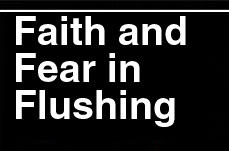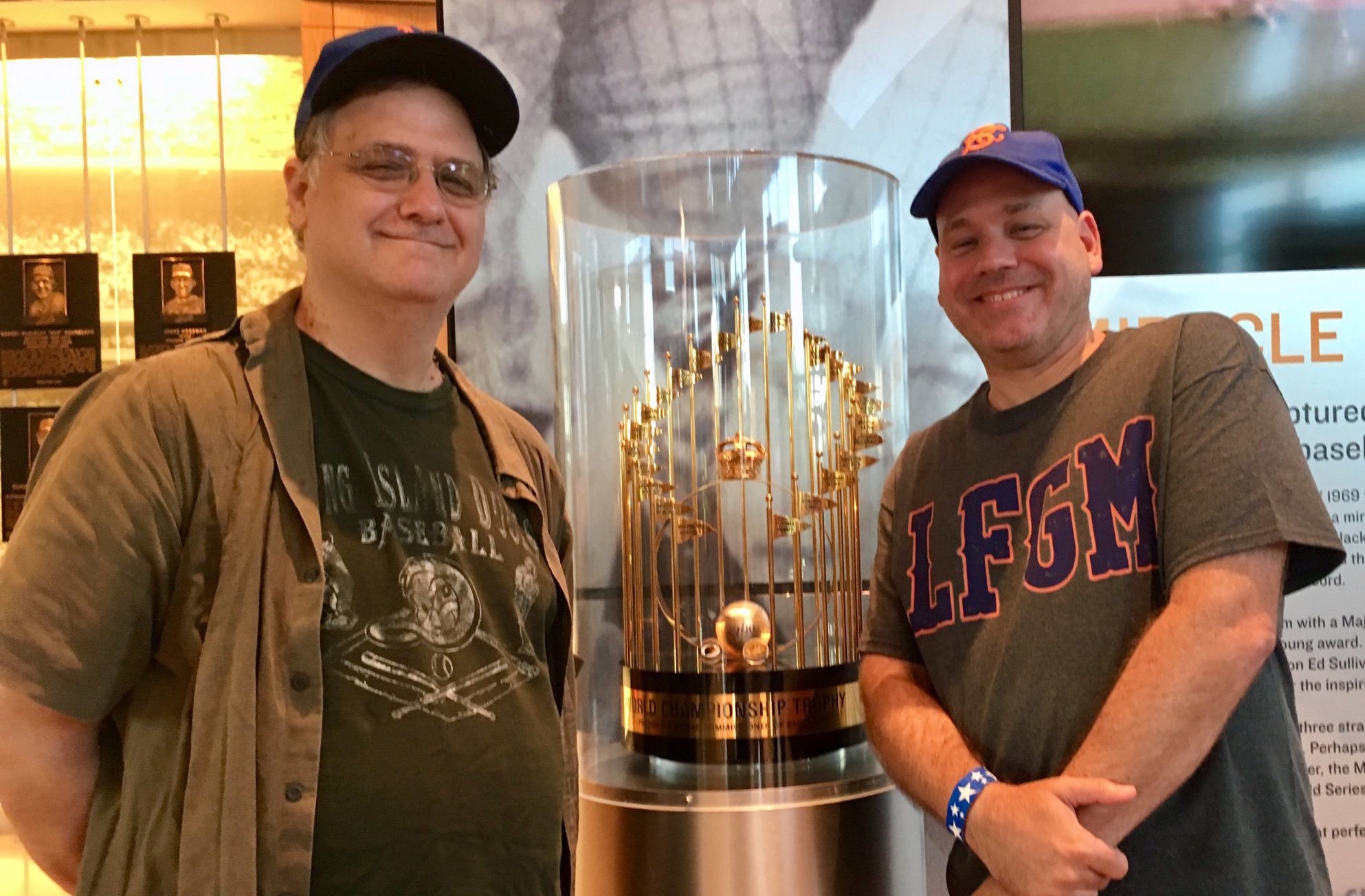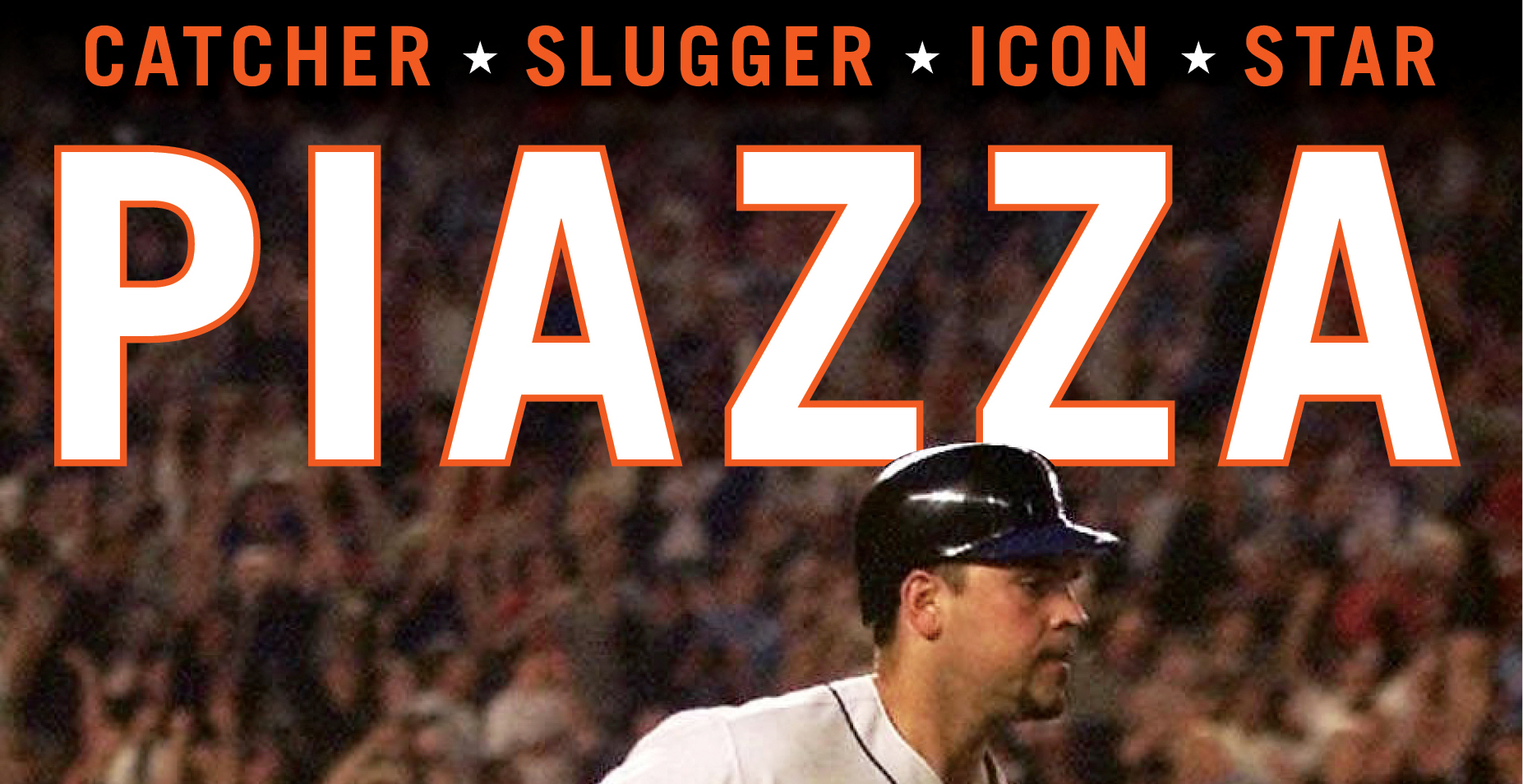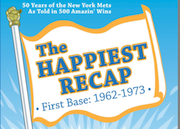On nights I’m recapping, I put a little warning for myself on repeat in my brain: It’s not all about the narrative. We see patterns while watching baseball (or while doing anything else, storytelling monkeys that we are) and we find them irresistible — pattern detection is a tool we use to make sense of a world that often seems to defy sense. To range perilously far afield from balls and bats (promise this will be brief), pattern detection is akin to our predilection for high-fat foods: They’re things that served us well as wandering hunter-gatherers in a world full of hostility and want, but have become maladaptive now that our chief adversaries include obesity and boredom.
But sometimes you can’t resist the narrative, and Friday night’s super-weirdo Mets-Nats tilt made that impossible, as it was filled to bursting with ironies and reversals and unclassifiable WTF-i-ness. The only problem, from our point of view, was that the narrative wound up being at our expense, with a last-second plot twist that I for one did not enjoy in the least.
(Though actually that’s not true. It was nicely done, and I admire both its craft and its cheek. Which isn’t the same as enjoying it.)
The Mets and Nats collided in a sporadically rainy DC, with Daniel Murphy joining Gary Cohen and Ron Darling Keith Hernandez and more than holding his own as a budding color guy, one whose next area of development should be learning to mesh with a partner or partners. (No knock on Murph whatsoever; this is the kind of thing that’s only learned in the doing.) The Mets were wearing their sad Canal Street knock-off specials, while the Nats did them one worse in sartorial decisions, taking in the field in bland City Connects 2.0 that are obviously and appreciably less interesting than their beloved cherry blossom City Connects 1.0.
(Look, I get that uniforms in general and City Connects in particular are vehicles for selling stuff, but what is with this new trend of teams using City Connects to discard their earlier good decisions? The Dodgers were first to reboot their City Connects, but that was wise as their first take made them look like overripe blueberries. But the Nats, Giants and Rockies have all unveiled new City Connects that are significant downgrades from what they had before, with the Marlins all but certain to make the same mistake next month. It stings all the more in the case of the Rockies, who’d joined the Marlins and Angels in crafting alt uniforms that ought to replace their regular ones.)
Kodai Senga looked solid though not quite himself in facing the Nats’ lineup, which is young and promising in ways that can bedevil opponents but also fans waiting for potential to gel into something more. Meanwhile, Jake Irvin kept the Mets off-balance, as he’s done repeatedly during his career, unwittingly honing his resume to be signed for the back of the Mets’ rotation in some year to come.
Our first narrative signpost came in the bottom of the second, when Dylan Crews singled to left with two outs and nobody on. Brandon Nimmo, not generally given to brain locks, mysteriously threw to third instead of second, allowing an alert Crews to take an extra base and leaving him perfectly placed to come home on a Jose Tena single that put the Mets down 1-0.
In the top of the fourth, Nimmo and Mark Vientos singled with nobody out to set things up for Jesse Winker, who hit a hard grounder that hit the dirt just in front of Nathaniel Lowe‘s glove at first. Vientos saw it was a one-hopper and sensibly kept going; Lowe saw it was a one-hopper and sensibly threw to second. But Alfonso Marquez ruled it had been a no-hopper, and a few moments later the Mets had hit into a triple play that never should have been. (An amusing sidelight: First-base coach Antoan Richardson all but blindfolding Winker to keep him from blowing a gasket.)
It’s not entirely fair to blame what happened on Marquez, who was behind the play. What is fair — and was Carlos Mendoza‘s main point of contention during both the futile on-field argument and his postgame remarks — is to blame the other three umpires for refusing to get together and overrule their colleague based on their (presumably) better angles.
For me that was the rub, or in this case the chafe. A lot was made about the fact that trapped balls in the outfield are reviewable while trapped balls on the infield aren’t, and while I agree that doesn’t make sense, it’s a point about which I throw up my hands, since so little about replay review makes sense.
The entire system is overly complicated, with reviewable/not reviewable just one system of the disease, and it will only get worse once balls and strikes can be challenged. For God’s sake, we don’t need challenges — if I wanted to watch the fucking NFL, I’d watch the fucking NFL. Just institute a no-arguments ABS system for the plate and have the umps in New York review on-field plays (of whatever variety) as needed. A yellow light in the ballpark means someone watching in Chelsea thinks an ump might need to take a second look; from there scoreboards parse replays and umps in the park don earpieces and mics as they do today. It would take two weeks tops for us all to get used to it and then we’d proceed without all this bric-a-brac.
What I took away from the whole farce came back to the narrative: Baseball portents are a tricky business, but when an umpire bad-calls you into a triple play, it might not be your night.
And yet it looked like it might be. In the eighth, with the Mets down 3-0, the storytellers really got to work carving patterns out of the play-by-play marble. With the bases loaded and two out, Nimmo hit a bounding ball over the head of pitcher Jose Ferrer that second baseman Luis Garcia Jr. just managed to keep on the infield, with Juan Soto saved from getting trapped between third and home when Keibert Ruiz bobbled the throw.
Enter Kyle Finnegan, the only trustworthy arm in the Nats pen. He threw a four-seamer that Vientos served down the right-field line, one of those Schrodinger’s balls in indeterminate flight that might collapse into a foul or an easy pop to the right fielder or trouble. It turned out to be trouble: Crews dove for it, missing by a few inches, and when various Mets were done huffing and scampering Vientos was on third and somehow it was 4-3 Mets.
The Mets got out of potential trouble in the bottom of the inning, when Tyrone Taylor cut off Garcia Jr.’s drive to the gap and made a nifty throw to second to just nab the runner, with extra credit to Francisco Lindor for alertly yelling at Jeff McNeil to let Taylor’s throw come through instead of cutting it off.
It was still 4-3 Mets come the ninth, with Ryne Stanek asked to fill in for Edwin Diaz, he of various ailments including hip cramps, legs not the same length and — one can no longer sugarcoat it — general unreliability. Stanek’s strong points have included general reliability, but he was in immediate trouble as Crews slashed a ball to right that Soto couldn’t quite keep in his glove at the fence, one of those plays that’s less “should have had it” than “you’d like to see it made.” Tena singled in Crews to tie the game; with one out Stanek was removed to fume hairily in the dugout while A.J. Minter tried to shepherd the Mets safely into the 10th.
Which almost worked. Vientos made a nice play to record a fielder’s choice, leaving CJ Abrams as the winning run at first and the huge James Wood at the plate against Minter. Minter got two quick strikes but his next three cutters weren’t quite tempting enough to coax Wood into delivering a harmless grounder.
Minter’s next cutter did produce the desired grounder; unfortunately it wasn’t harmless. It looked a lot like the play Garcia Jr. had made, but multiple little things conspired to make it different in a way that proved fatal. If McNeil had been able to field it (another play in the middle of the should have had it/you’d like to see it made axis) the Mets would have come to bat in the 10th. If McNeil had made no contact with it, it would have come to Taylor with a little more momentum and so given him a little more time. Instead it made incidental contact with McNeil, not changing direction but slowing down as Taylor (who’d rightly been playing no doubles) raced in hoping to avert disaster.
I was expected first and third, but Abrams kept going and as he rounded third Nationals Park was becoming New Soilmaster Stadium right before my eyes, with the Nats playing the role of OMG THE FUCKING MARLINS AGAIN. Taylor’s throw was yet another on the SHHI/YLTSIM spectrum — on target and made under duress but also hurried, off the mound and a little short — and there came Abrams’ hand across the plate just before the swipe from Francisco Alvarez‘s glove.
The Mets had lost a game in which the other guys got gifted a triple play, taken the lead on an unexpected uprising, and then watched everything fall apart, with Nimmo, Crews, Vientos, McNeil and Taylor all left to consider the vicissitudes of fortune and their own shifting roles in the story.
A pretty good game, if you like narratives, or can’t resist them. And now let us never speak of it again.







The ball Winker hit on the bogus triple play should have been the plate umpire’s call. No way can the first base umpire call that from behind. Also, Daniel Murphy was in the booth with Gary Cohen and Ron Darling. Keith wasn’t there.
Of course he wasn’t. Gah. Thank you; fixed.
Acuna and Torrens were sorely missed in last night’s frustrate-a-thon.
Murphy’s comments were appreciated.
I went from resigned to a loss in the wake of Nimmo’s brain cramp and the triple-play-that-wasn’t to, after the 8th, thinking, “Are we actually gonna win this?” That had just had time to sink in before the bottom of the 9th happened. Can’t help wondering why McNeil didn’t go for the trap, looked to me like he got a little too cute thinking he might have a shot at the forceout at 2nd.
As for the non-triple play fix, I don’t even know what they’d have done. I don’t know that Washington turns the double play – Winker has some speed and it was a long throw from 1st. But I don’t know that they don’t either – ball was hit hard. The answer I never got was if we’d have 1st and 3rd one out or 3rd base 2 outs.
There was only one good thing I took from last night; at least it wasn’t against Atlanta or Philly.
Nice recap as usual. Curious – I was at the game and sitting reasonably close to the field, and I could not discern any difference between the Mets’ current road uniforms and the ones of the past few years. What are you talking about?
[…] Vientos, who was hitting in front of Brandon, had to avoid was hitting into a triple play (which we learned during this series you can do without actually doing) or clearing the bases on his […]